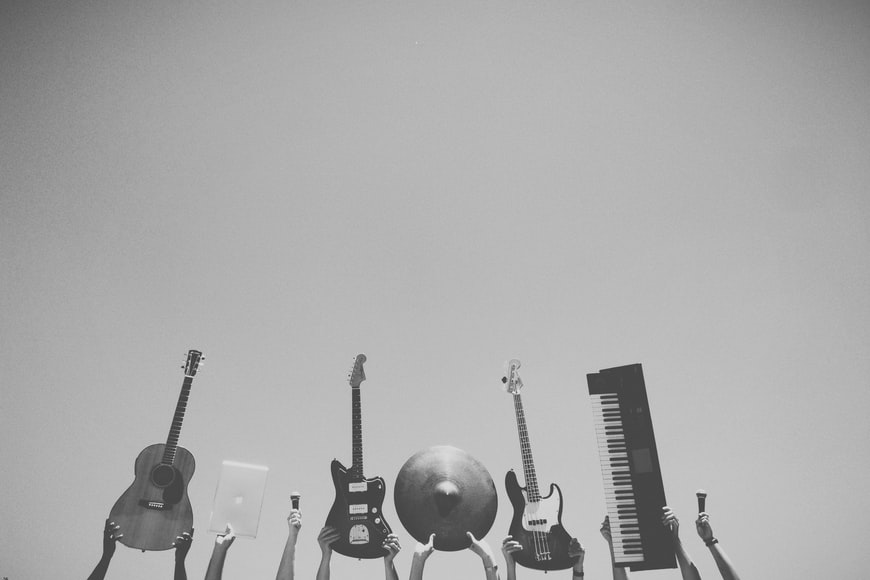The Indie Scene: Then and Now
By exploring the history of indie music, from its beginning to its peak, one can get a deeper understanding of this diverse genre.
The indie scene consists of many different subgenres, from pop to emo.
How has your favorite playlist changed over the past month? How about over the past year? Now, think back to the beginning of the Coronavirus pandemic — how has your playlist changed since March of 2020?
Over this time, you have probably found yourself listening to a lot of new songs and artists. Music has provided much-needed support for everyone throughout this difficult time, so it is expected that one would take advantage of this opportunity in disguise, and explore. Thanks to that mindset, many different genres of music, including indie music, have seen a giant growth in popularity.
However, what exactly defines indie music?
The word, “indie” gained popularity near the middle of the twentieth century as an abbreviation of “independent.” This led to the traditional definition of indie, which “includes people who like to publish their music with their own independent records, without the use of major music labels,” said Maliha Chowdhury ’24.
Though this is still true today for many artists in the indie genre, the definition has changed significantly throughout the years to become more inclusive. According to Karishma Ramkarran ’23, the music is “lowkey and unconventional; indie artists are pioneers in the music genre and aren’t afraid to be experimental, at the risk of not appealing to a mass audience.”
“I think the indie scene is a much broader scope,” added Farhan Sreejan ’23. He defines the genre as “music of artists that are independent or signed to small labels that produce their music at a much smaller scope whilst still attaining that mainstream pop appeal but being able to experiment more than they would be able to if signed to a major label.”
Today, the genre has become widely known for its indie pop and indie rock subgenres, in which artists have gained popularity for catchy tunes that diverge from the mainstream sounds one might hear over the radio. According to Tiankuo Zhang ’23, indie can be defined as “a classification of music that can encompass all genres. Though, nowadays, indie seems to immediately get connected to the genre of rock.”
Thanks to popular social media platforms, indie musicians have found it easier to debut and gain massive popularity in a short amount of time. Especially during the pandemic, listeners have used applications such as Spotify, Apple Music, Tidal, TikTok, and YouTube to a much larger extent to explore new music and discover these artists.
Many members of the Bronx Science community were able to discover popular artists in the indie scene, such as Cavetown, Men I Trust, Conan Gray, Phoebe Bridgers, Cage the Elephant, and more, because of recommendations from Spotify and Youtube as well as from people in their lives.
“Indie discovery first happened through introduction from friends,” said Sreejan. “Initial interest of the genre led me to seek new musical acts on website forums, or just general discovery from one band to another, finding artists that are in a similar vein.”
Social media has helped new indie groups with unique styles emerge around the world. Although their music may be in a different language, these musicians have been able to gain recognition and fans even from overseas. The obstacle of language has been defeated by music over and over again, and this is especially true in the indie music scene. A common appreciation for this dynamic genre has connected listeners and artists across the globe, with the aid of social platforms.
The indie music scene is only continuing to gain popularity today, and people like Chowdhury are enthusiastic to learn more about the genre. “I would love to get familiar with indie music! If anyone recommended some artists, I would love to listen to them to solidify my opinion on indie music,” said Chowdhury.
According to Karishma Ramkarran ’23, indie music is “lowkey and unconventional; indie artists are pioneers in the music genre and aren’t afraid to be experimental at the risk of not appealing to a mass audience.”
Elizabeth Colón is a Copy Chief for ‘The Science Survey.’ Elizabeth finds that the most appealing aspect of journalistic writing is how much...

